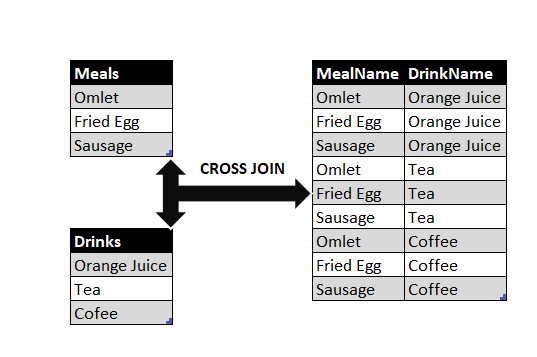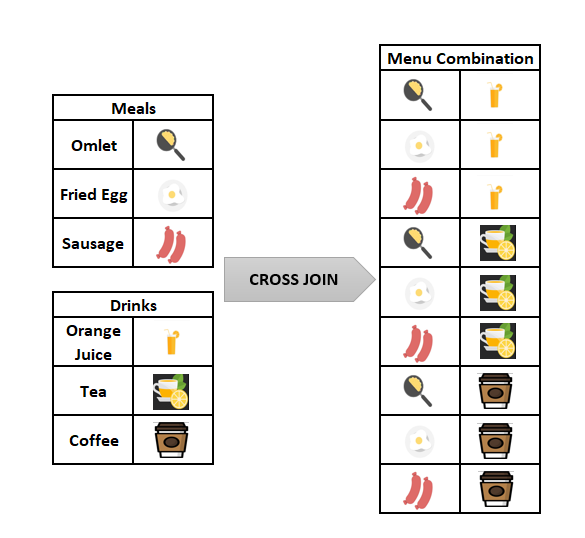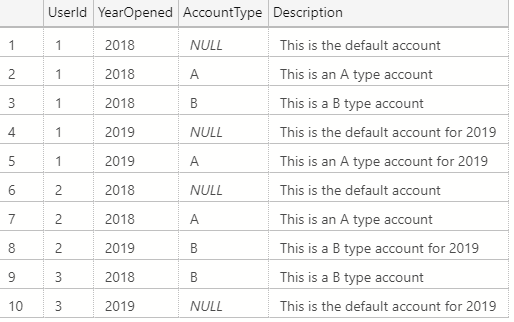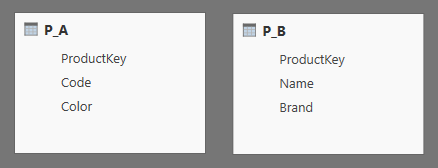Which Of The Following Conditions Will Cause An Error On A Natural Join
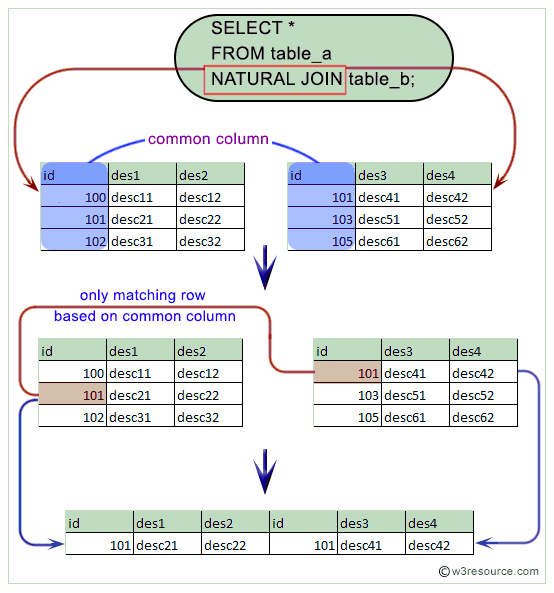
A natural join can be an inner join a left outer join or a right outer join.
Which of the following conditions will cause an error on a natural join. The following statement is an example of what kind of join. The customer and order tables have no columns with identical names. The customer and order tables have a corresponding column cust id. It works in maths since in maths you assume that same name always shares the same meaning.
When the natural join clause is based on all columns in the two tables that have the same name. A natural join is a join operation that creates an implicit join clause for you based on the common columns in the two tables being joined. The columns must be the same data type. The cust id column in the order table contains null values that need to be displayed.
Guidelines the associated tables have one or more pairs of identically named columns. Mark for review 1 points outer join inner join optimal join equijoin correct correct 3. You can always rewrite a natural join with an inner join but there are many cases when you can t implement an inner join using a natural join. Don t use on clause in a natural join.
Amadan may 20 11 at 12 18. You need to perform a join of the customer and order tables but limit the number of columns in the join condition. If the columns having the same names have different data types then an error is returned. This makes natural join a syntactic sugar at best.
Natural join equijoin self join outer join correct correct 2. Select car vehicle id driver name from car left outer join driver on driver id. The sql natural join is a type of equi join and is structured in such a way that columns with the same name of associated tables will appear once only. If it selects rows from the two tables that have equal values in all matched columns.
When you attempt to write it as an equijoin. The order table contains a column that has a referential constraint to a column in the product table.




